
BE THE FIRST TO KNOW
Subscribe to the Porto eCommerce newsletter to receive timely updates from your favorite products.
Choosing the perfect carpet is more than just a design decision—it's an investment in your home's comfort, functionality, and aesthetic appeal because it serves as the foundation of your interior design. It creates warmth, reduces noise, and provides a soft, welcoming surface that transforms living spaces from mere rooms to comfortable sanctuaries.
The world is vast and intricate, with each type offering unique characteristics that cater to different lifestyles, design preferences, and practical needs. Understanding these nuanced differences can make the difference between a flooring choice you'll love for years and one that quickly becomes frustrating.
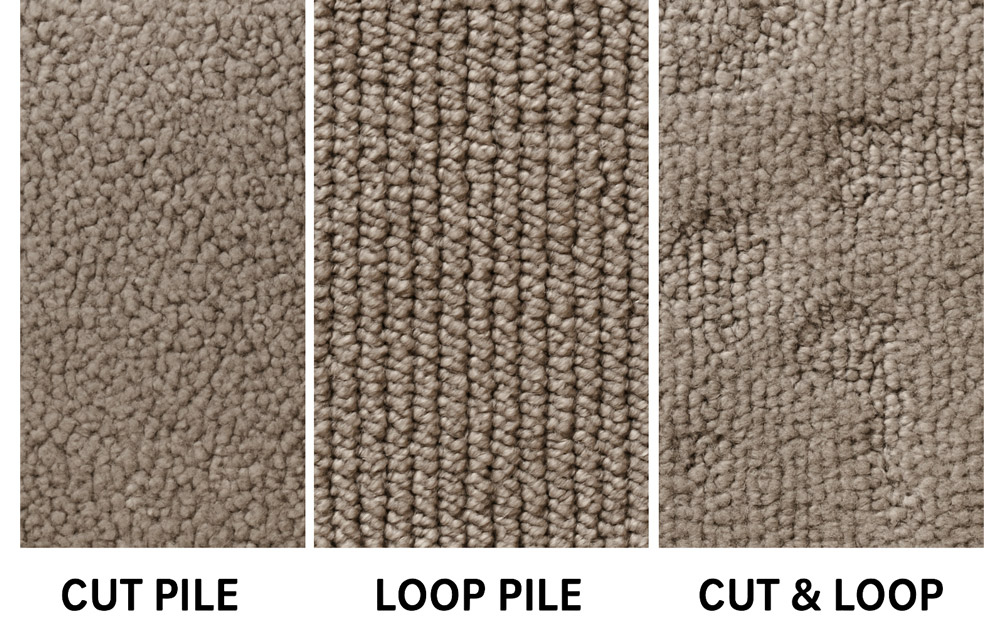
This comprehensive guide will demystify four different types of carpet, empowering you with the knowledge to make an informed decision that perfectly balances style, comfort, and functionality. In this carpet buying guide, we will discuss the benefits and cons of each to help you make a great choice regarding which carpet is best for your home.
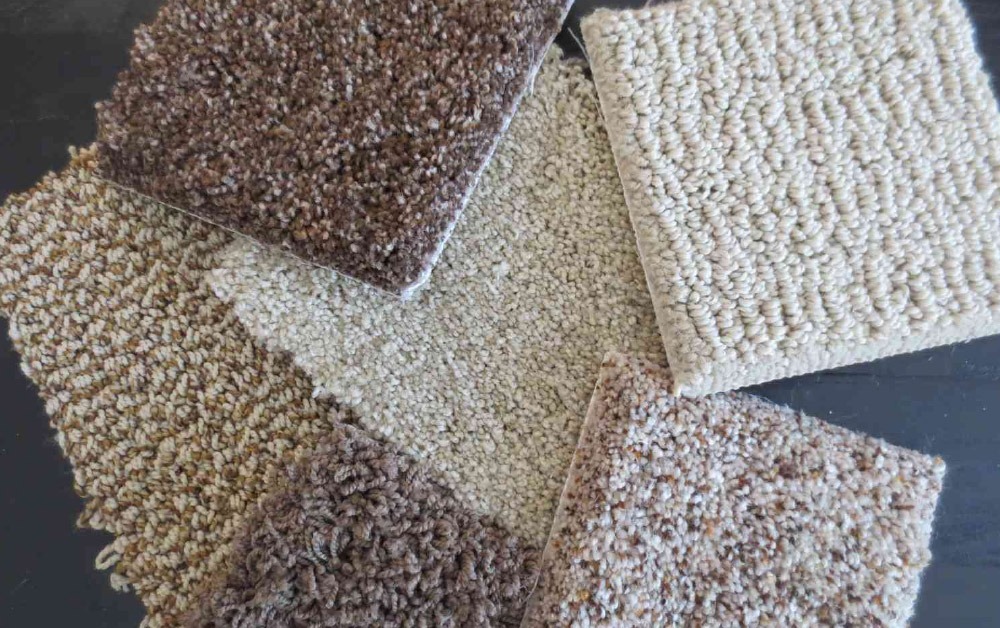
Before discussing specific carpet types, it's essential to understand that carpets are more than just floor coverings. They're a crucial interior design element, impacting everything from room aesthetics to comfort and durability. Modern technology has evolved dramatically, offering homeowners unprecedented choices in materials and performance characteristics.
Each type offers distinct characteristics that cater to different needs, spaces, and personal preferences. Factors like fiber composition, construction technique, and pile style are critical in determining overall performance, appearance, and suitability for specific environments. By understanding these nuanced differences, you can select one that looks beautiful and meets your lifestyle's unique demands.
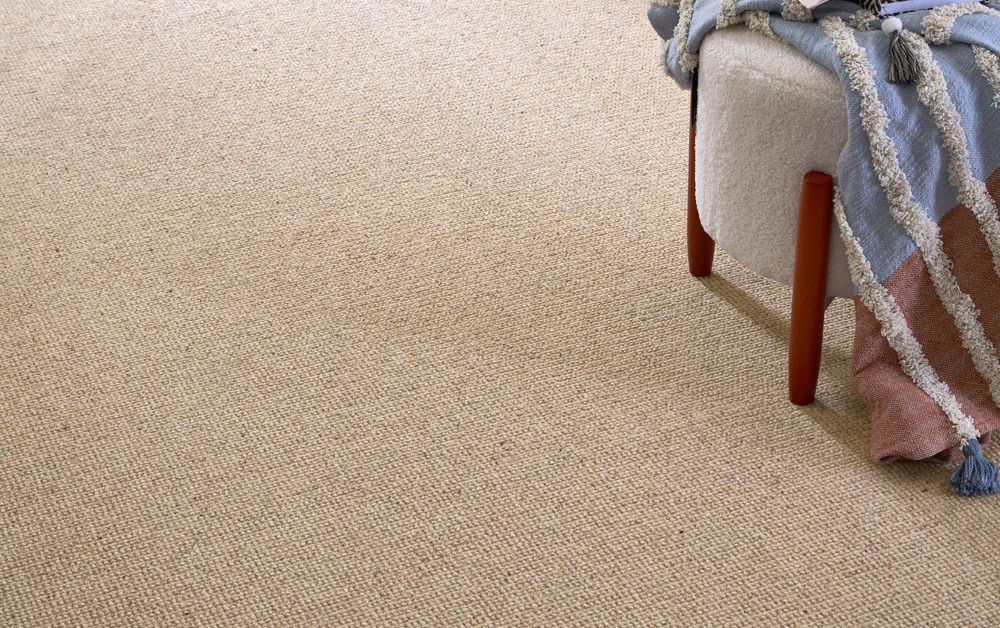
These originated with the Berber tribes of North Africa and are characterized by their distinctive loop pile construction. Unlike cut pile carpets, Berber loop pile feature uncut yarn loops that create a unique-grained surface prized for centuries for its durability and practical design.
The term "Berber" originally referred to the traditional handwoven ones of North African tribal communities, known for their intricate patterns and robust construction. Modern Berber carpet piles have evolved from these traditional designs, maintaining the core principles of strength, functionality, and distinctive aesthetic appeal.
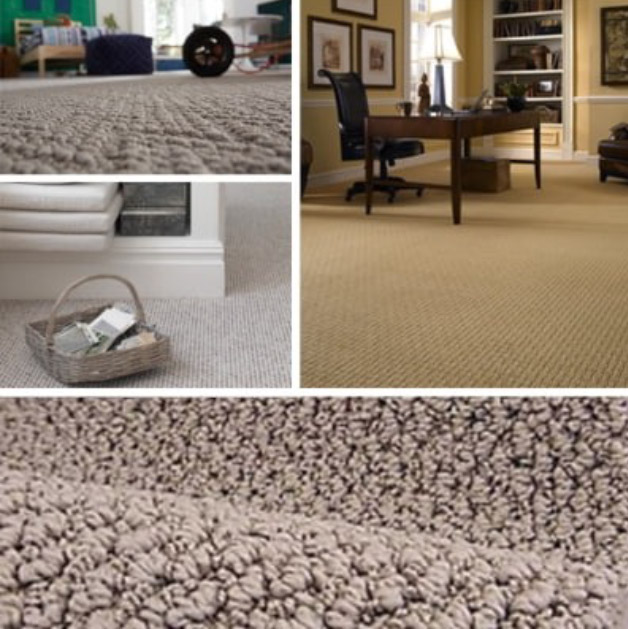
These cut-pile carpets represent the epitome of luxury, featuring a smooth, dense, and even surface with a velvety feel that epitomizes comfort and elegance. These are created by cutting the yarn loops, resulting in a soft, uniform appearance synonymous with high-end interior design for decades.
The development of these marks a significant milestone in surface technology, emerging as a premium alternative to traditional flat-weave and loop-pile carpets. Their introduction revolutionized home design, offering homeowners a perfect blend of aesthetic appeal and unparalleled comfort that transforms living spaces into luxurious retreats.
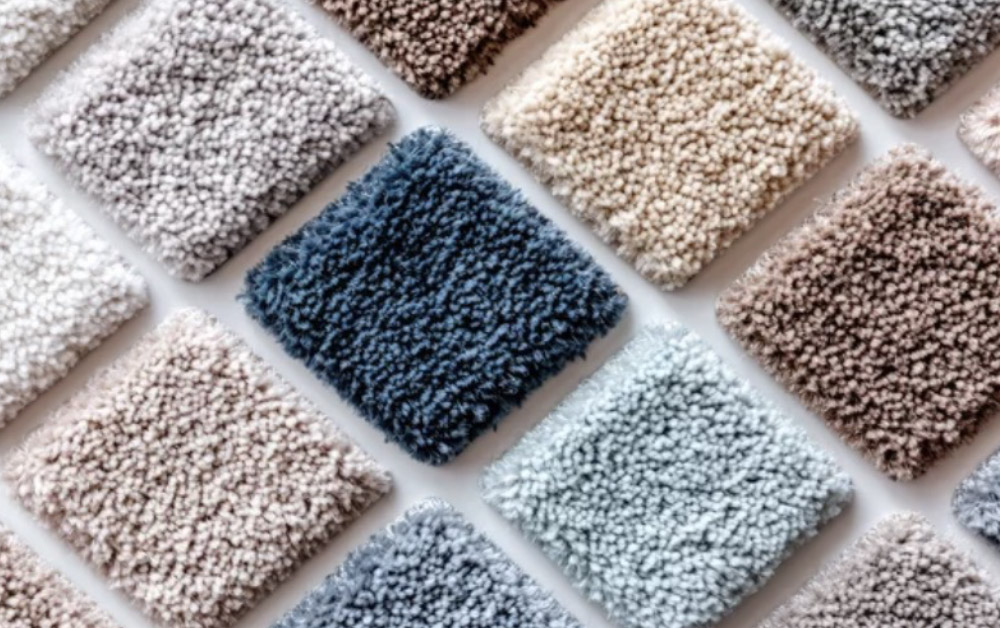
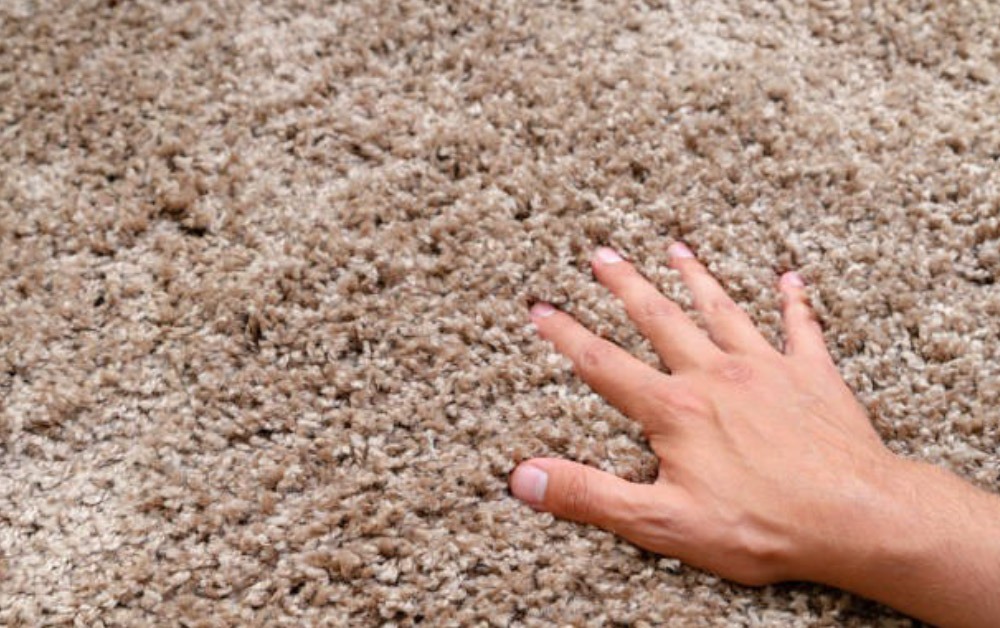
The following key characteristics are making it a great option:
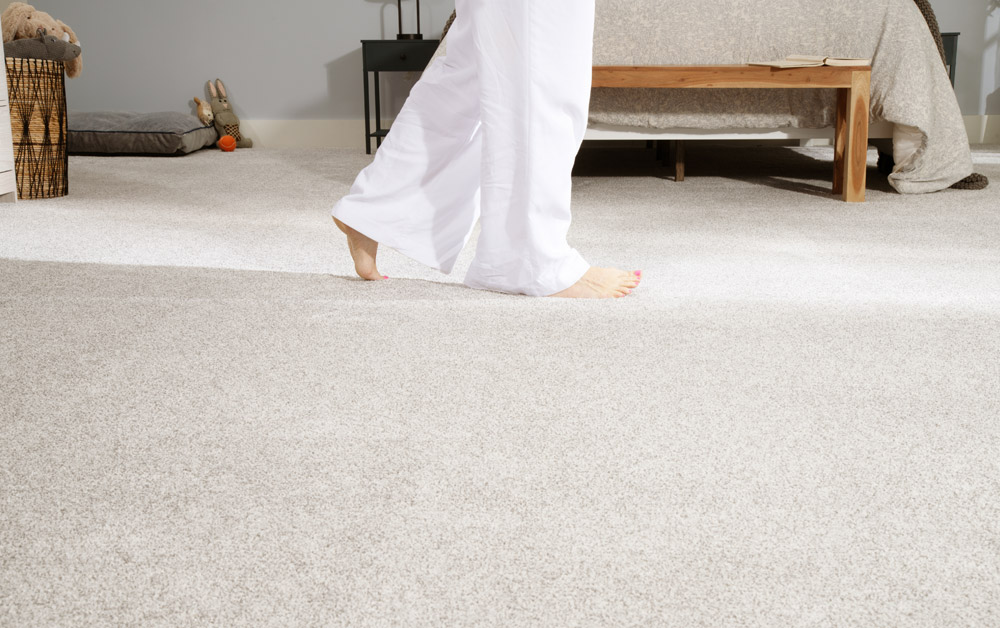
Multi-tone carpet blends two or more colors within the same fiber or pattern. This creates a textured or variegated appearance that helps hide dirt, stains, and wear, making it a popular choice for high-traffic areas or family homes.
The evolution of this type represents a significant innovation in surface design, emerging as a solution for those who desire a more relaxed, modern look without compromising on performance. Its unique construction technique allows for versatility in interior design, making it a favorite among architects and interior designers.
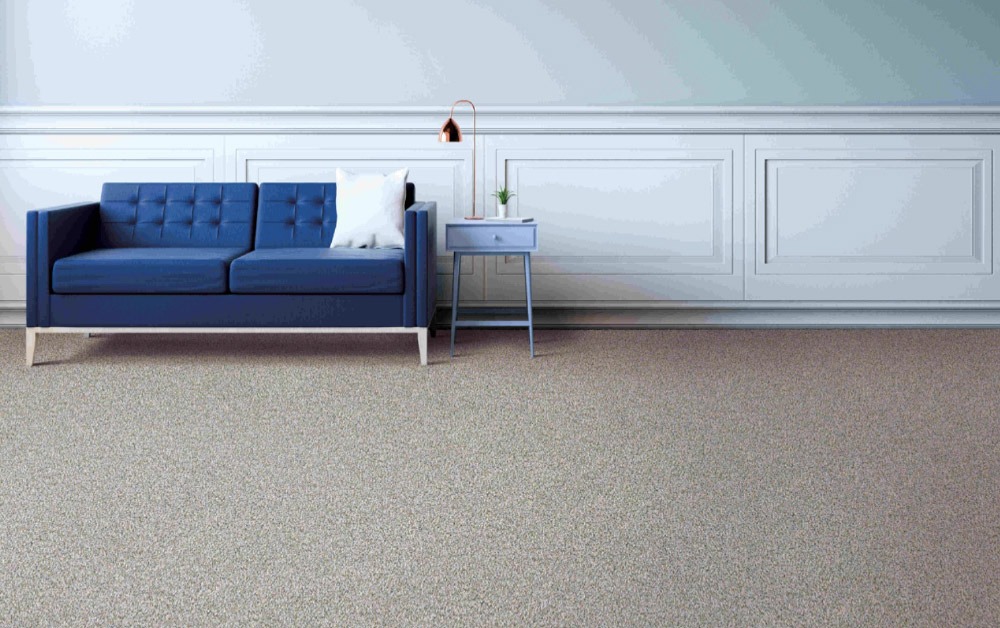
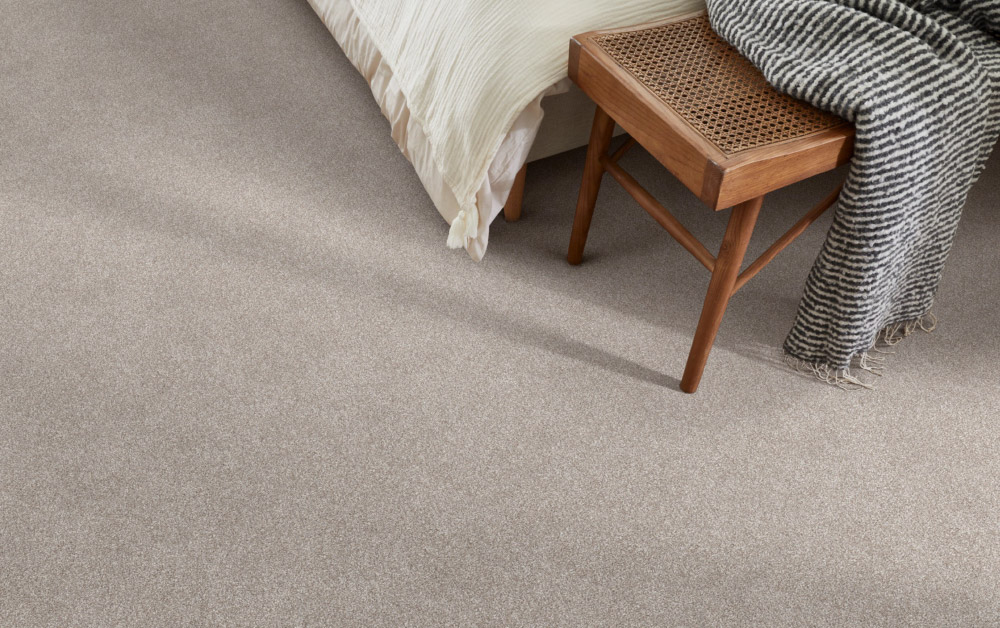
Multi-tone carpet generally works best in:
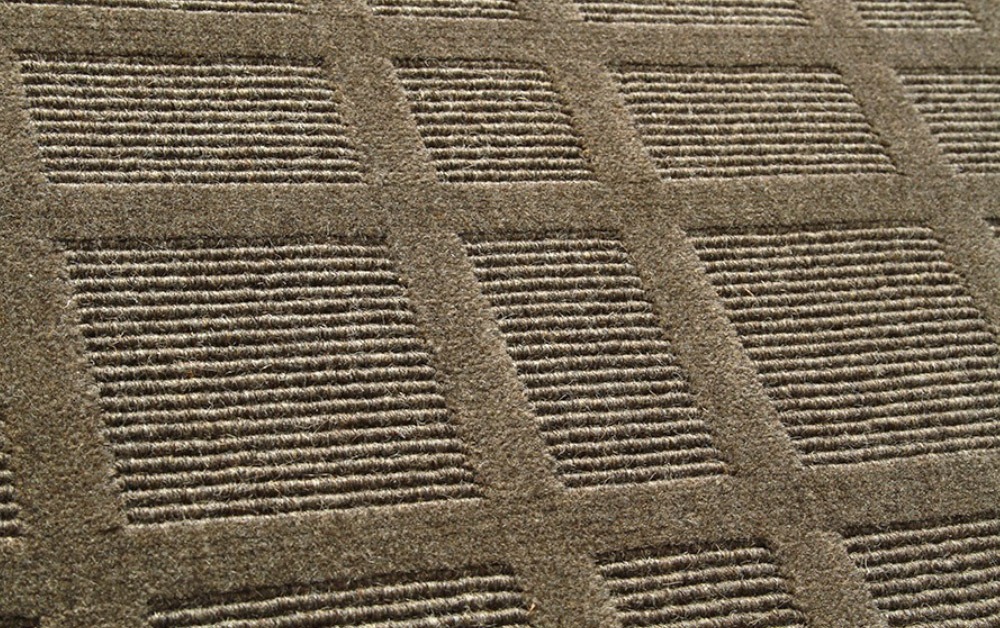
Patterned carpets feature intentional design elements created through various weaving and tufting techniques. These carpets transform surfaces into artistic canvases, offering unique visual interest that goes beyond traditional ground solutions, turning your floor into a significant design element.
The art of creating patterned carpets has roots in centuries-old textile traditions, evolving from intricate hand-woven rugs to modern manufacturing techniques that allow for unprecedented design complexity and precision. This evolution has transformed carpets from mere functional surface coverings to true artistic statements.
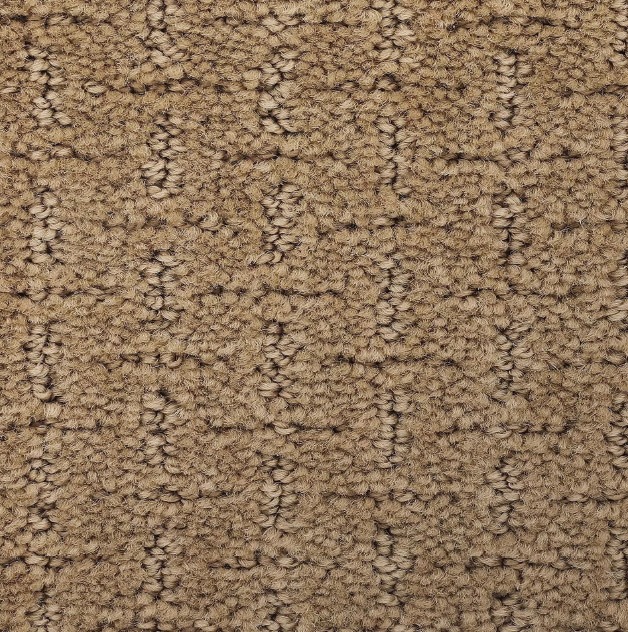
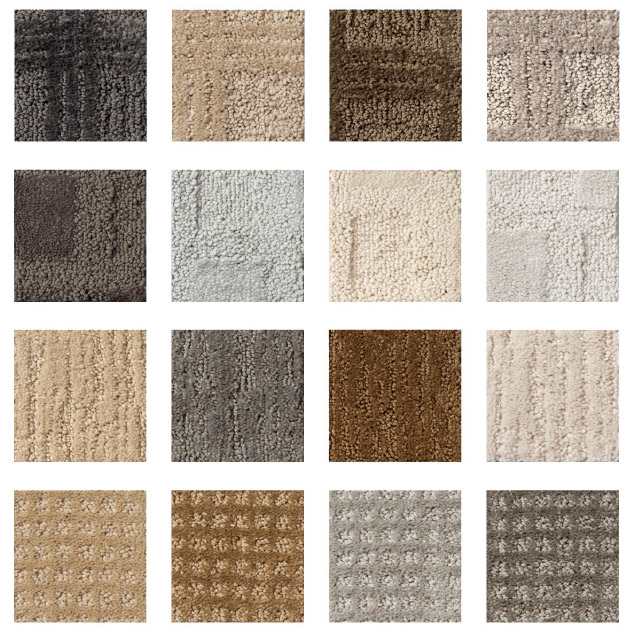
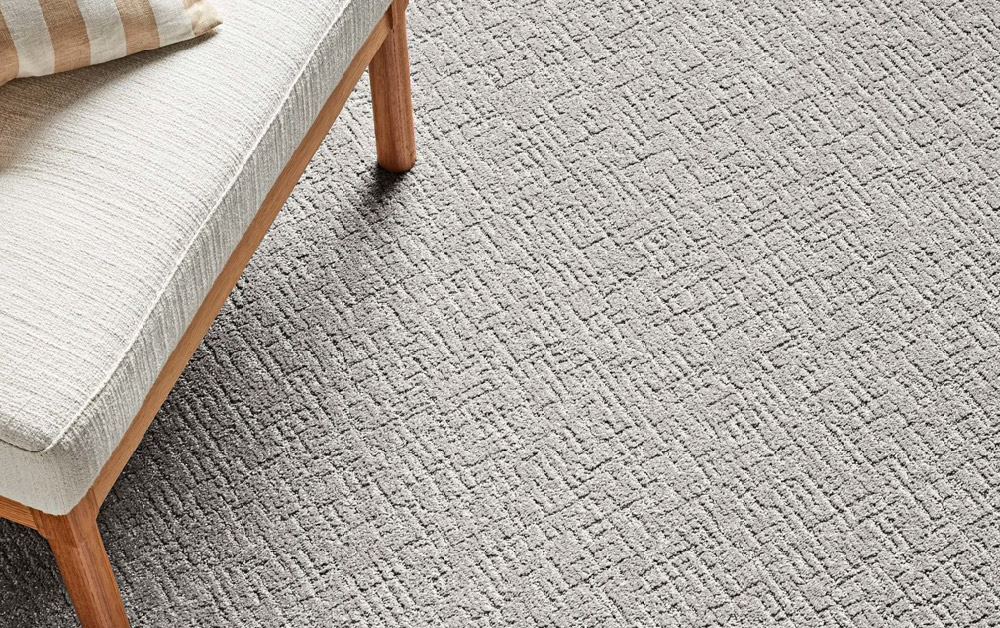
Cut Pile Carpet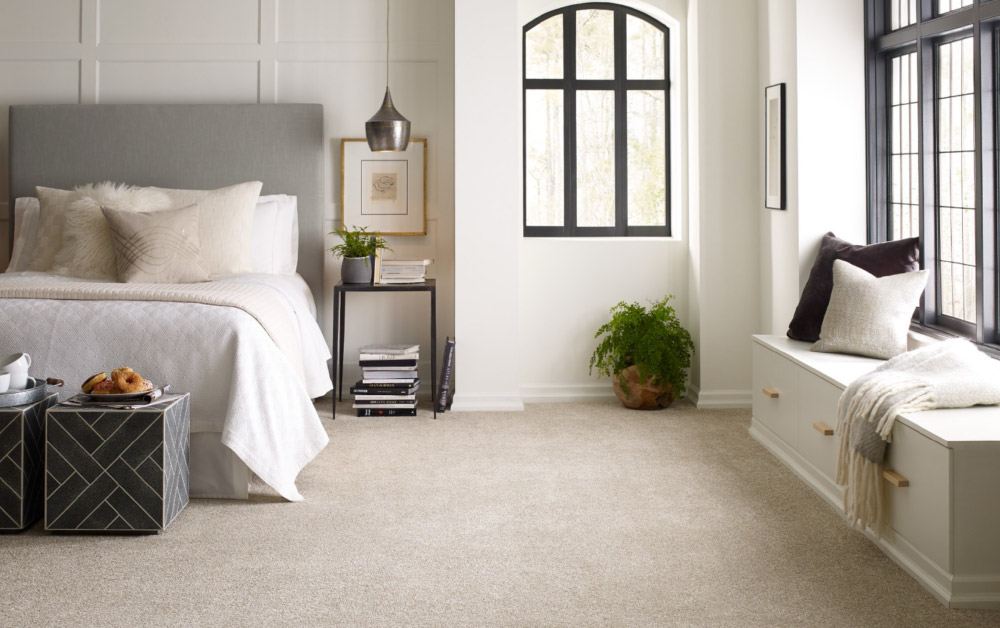
Loop Cut Loop Carpet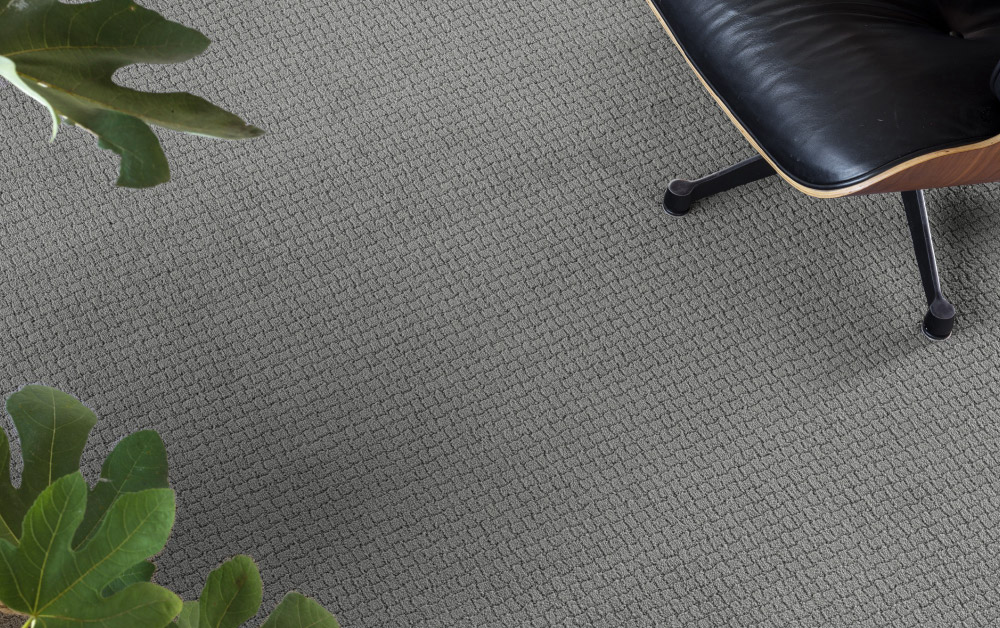
Selecting the perfect carpet is a nuanced process that goes far beyond simple aesthetic preferences. The right carpet can dramatically transform a space, enhancing both its functionality and visual appeal while providing comfort and durability that stand the test of time.
Modern homeowners must consider a complex array of factors that intersect practical requirements with design aspirations. Each living space tells a unique story, and your carpet choice should be a carefully considered chapter in that narrative, reflecting both your lifestyle needs and personal design philosophy.
Vogue explores the resurgence of colorful wall-to-wall carpeting, providing inspiration for modern interiors.
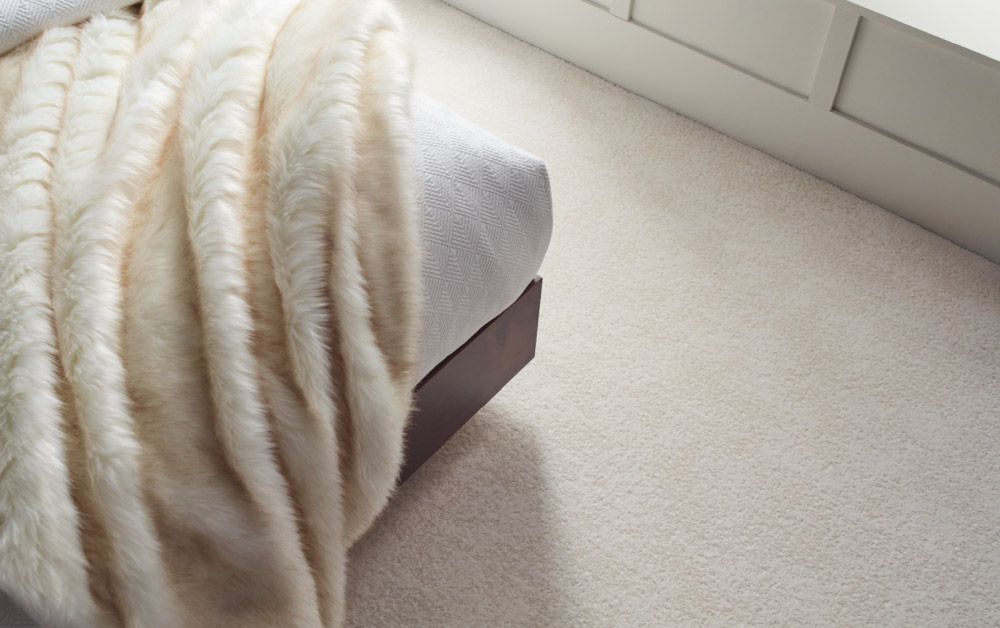
Proper maintenance is an art form that extends far beyond occasional vacuuming. Regularly vacuuming your carpet can significantly extend the life of your flooring investment, preserving it’s appearance, functionality, and overall value. The key to successful carpet maintenance lies in understanding the specific needs of your chosen type and implementing a consistent, proactive care routine. Professional flooring experts recommend a multifaceted approach that combines regular cleaning, preventative measures, and periodic professional intervention.
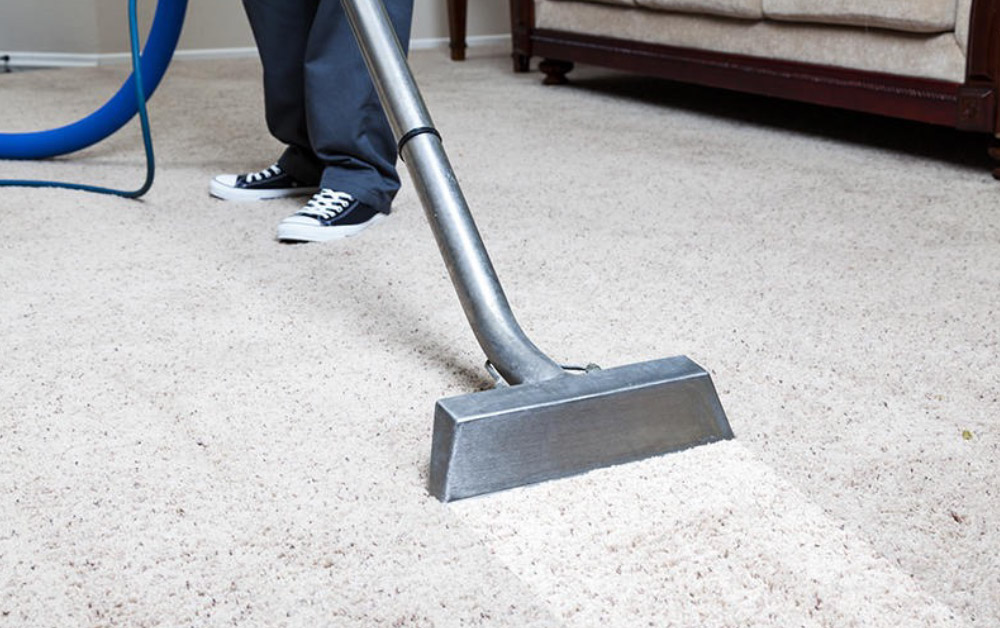
How Often Should You Clean Your Carpets?
In this guide to different varieties, we explored that understanding the unique characteristics of different carpets, such as Multi-tone or Berber or Patterned, represents more than just a flooring decision—it's an investment in your home's comfort, style, and long-term functionality.
Each cut and loop carpet type offers a distinctive blend of aesthetic appeal, practical performance, and design potential that can dramatically transform your living spaces. The journey to finding your perfect carpet is a personal exploration that requires careful consideration, thoughtful research, and a deep understanding of your specific needs. By approaching this decision with knowledge, patience, and a clear vision of your lifestyle requirements, you can select the carpet that meets and exceeds your expectations.
Before making your final decision, it's essential to explore the unique characteristics of each carpet type to ensure the perfect balance of style, comfort, and functionality. This carpet buying guide makes an informed choice before purchasing.
Pro Tip: Always request samples and test mats in your actual space before making a final decision. Lighting conditions, existing furniture, and room dimensions can significantly impact how a rug looks and feels, making in-person evaluation crucial to your selection process.
A well-chosen carpet is more than just a floor covering—it's a foundation for comfort, a canvas for design, and a reflection of your personal style. Your perfect carpet awaits, ready to transform your living spaces into something truly extraordinary.